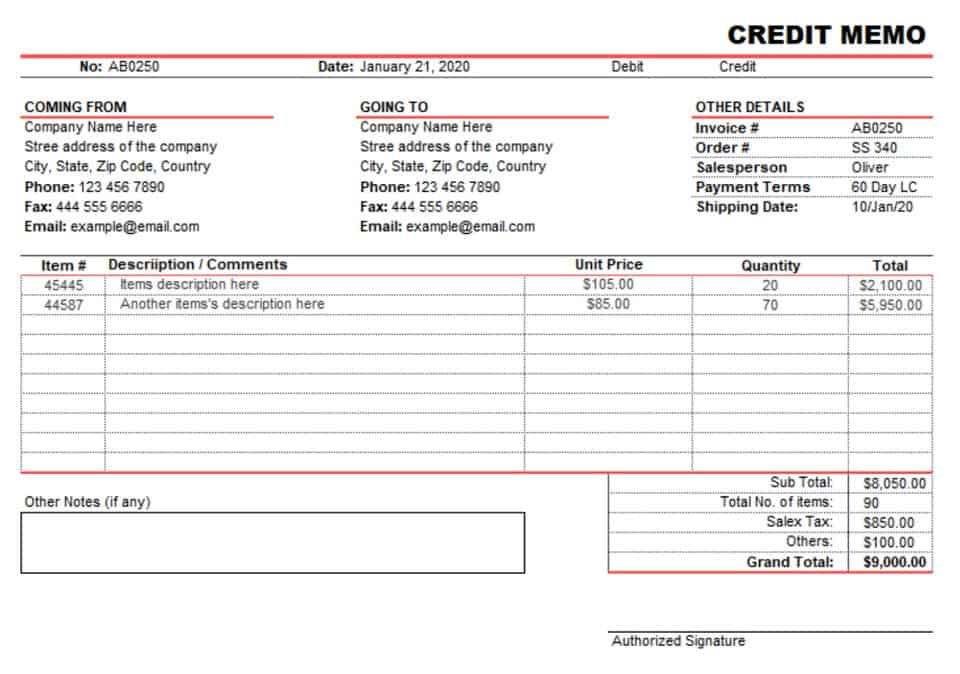Some types of asset accounts are classified as current assets, including cash accounts, accounts receivable, and inventory. These include things like property, plant, equipment, and holdings of long-term bonds. There are five major accounts that make up a company’s chart of accounts, along with many subaccounts https://simple-accounting.org/ that fall under each category. In an accounting journal entry, we find a company’s debit and credit balances. The journal entry consists of several recordings, which either have to be a debit or a credit. Bank debits and credits aren’t something you need to understand to handle your business bookkeeping.
- From the bank’s point of view, when a debit card is used to pay a merchant, the payment causes a decrease in the amount of money the bank owes to the cardholder.
- It might make sense to use a debit card if you have poor credit and can’t get approved for a credit card or if you’d prefer not to risk going into debt.
- All accounts that normally contain a debit balance will increase in amount when a debit (left column) is added to them and reduced when a credit (right column) is added to them.
- Second, it’s important to understand credit card billing cycles.
- Debit and credit are two important accounting tools that provide a base for every business transaction.
‘In balance’ is such an accounting transaction where the total of the debit and credit matches or is equal. In contrast, if the debt is not equal to the credit, creating a financial statement will be a problem. https://intuit-payroll.org/ All changes to the business’s assets, liabilities, equity, revenues, and expenses are recorded in the general ledger as journal entries. The most common contra account is Accumulated Depreciation.
The difference between debit and credit
Whenever you decide to use an ATM to withdraw some amount via debit cards, a small amount of processing fee is levied on every transaction. It is only applicable when you withdraw money from a different bank rather than from the one that issued your debit card. If you’re looking for a credit card, learn more about Greenlight’s offerings. Greenlight offers a debit card for kids and teens as well as tools to help them learn more about personal finances. Second, it’s important to understand credit card billing cycles.
The total dollar amount posted to each debit account has to be equal to the total dollar amount of credits. In addition to using your debit card in stores and online, you can also access cash from your checking account at ATMs or through cash back when making purchases. Liability accounts make up what the company owes to various creditors.
How Are Debits and Credits Used?
Expenses are the costs of operations that a business incurs to generate revenues.
Manage Debits and Credits With Accounting Software
This can include bank loans, taxes, unpaid rent, and money owed for purchases made on credit. Examples of liability subaccounts are bank loans and taxes owed. In this article, we break down the basics of recording debit and credit transactions, as well as outline how they function in different types of accounts. On which side does the increase or decrease of the accounts appear?
Accounts pertaining to the five accounting elements
Every transaction your business makes has to be recorded on your balance sheet. As long as the total dollar amount of debits and credits are in balance, the balance sheet formula stays in balance. The debit increases the equipment account, and the cash https://turbo-tax.org/ account is decreased with a credit. Asset accounts, including cash and equipment, are increased with a debit balance. Debits and credits are used in each journal entry, and they determine where a particular dollar amount is posted in the entry.
Review activity in the accounts that will be impacted by the transaction, and you can usually determine which accounts should be debited and credited. The journal entry includes the date, accounts, dollar amounts, and debit and credit entries. An explanation is listed below the journal entry so that the purpose of the entry can be quickly determined. You need to implement a reliable accounting system in order to produce accurate financial statements. Part of that system is the use of debits and credit to post business transactions.
Bookkeepers and accountants use debits and credits to balance each recorded financial transaction for certain accounts on the company’s balance sheet and income statement. Debits and credits, used in a double-entry accounting system, allow the business to more easily balance its books at the end of each time period. The basic principle is that the account receiving benefit is debited, while the account giving benefit is credited. For instance, an increase in an asset account is a debit. An increase in a liability or an equity account is a credit. The most important thing to remember is that when you’re recording journal entries, your total debits must equal your total credits.






Recent Comments